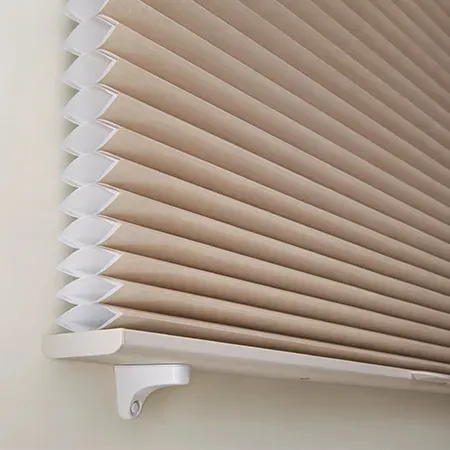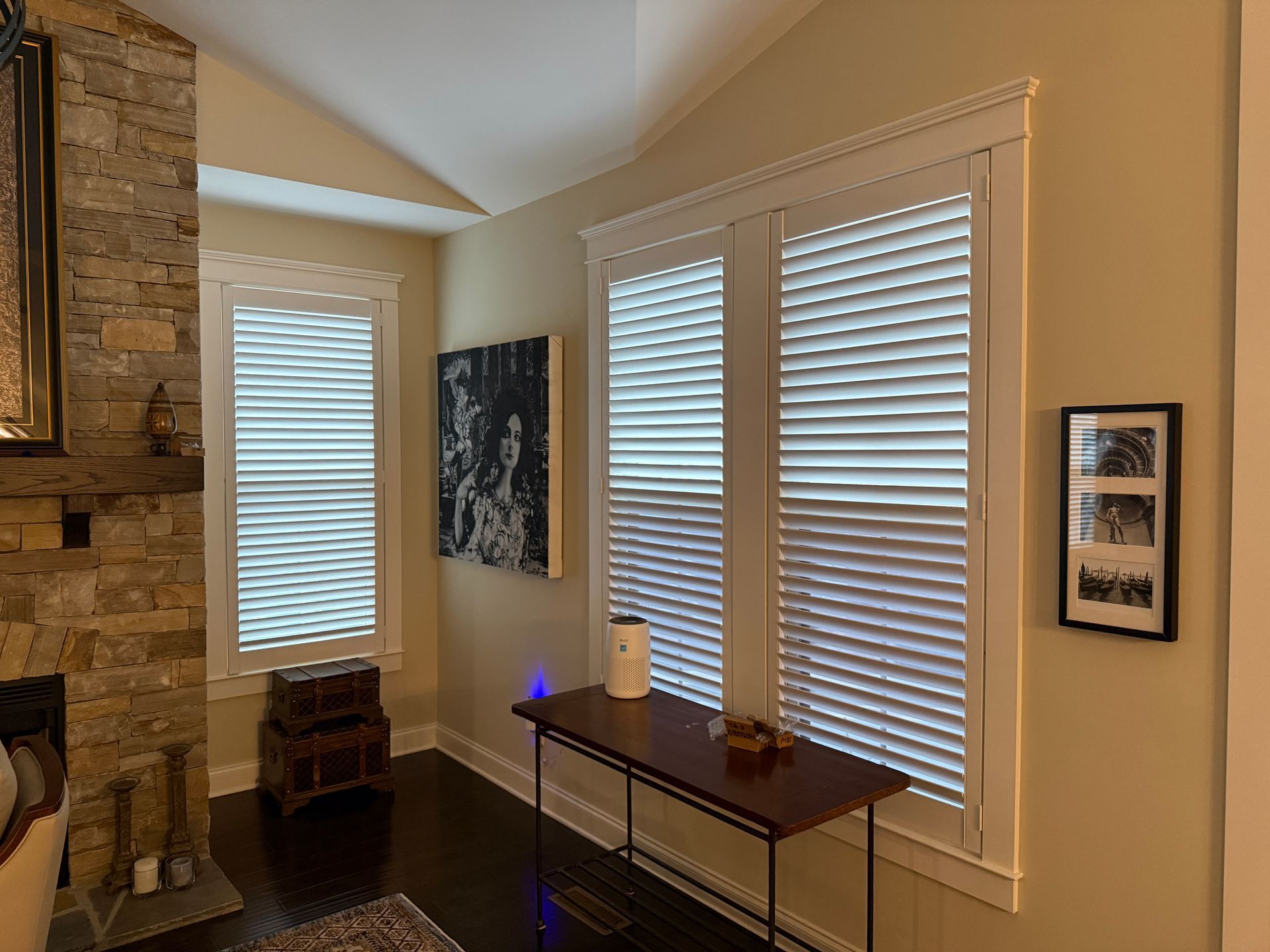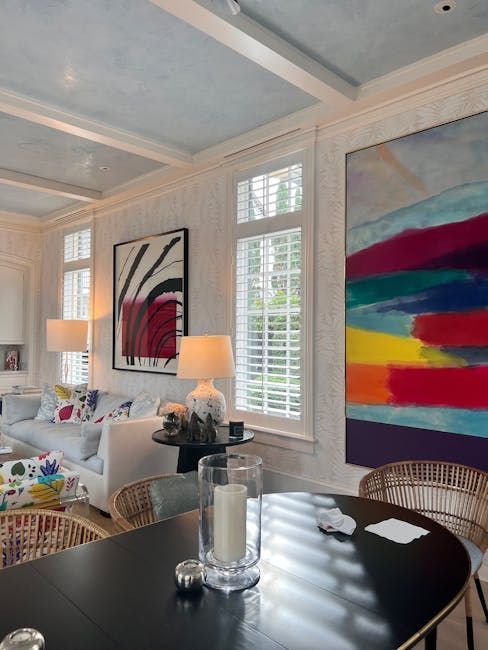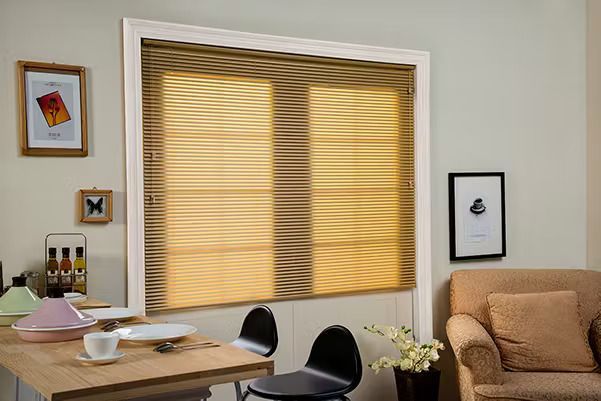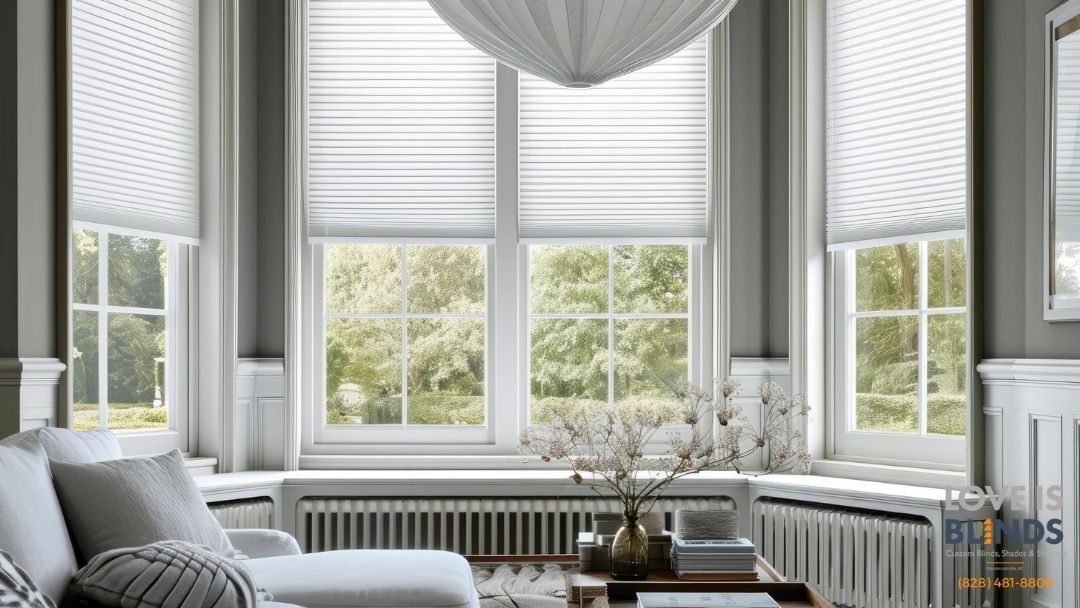How Many Curtain Panels Do You Need for a Double Window?
How Many Curtain Panels Do You Need for a Double Window? A Comprehensive Guide
TLDR;
For a standard double window, you typically need four curtain panels to achieve a full, balanced, and symmetrical look—one on each side of each window section. However, if you're using wide panels, two or three panels may suffice depending on the look you want and the desired fullness.
Understanding What a Double Window Really Is
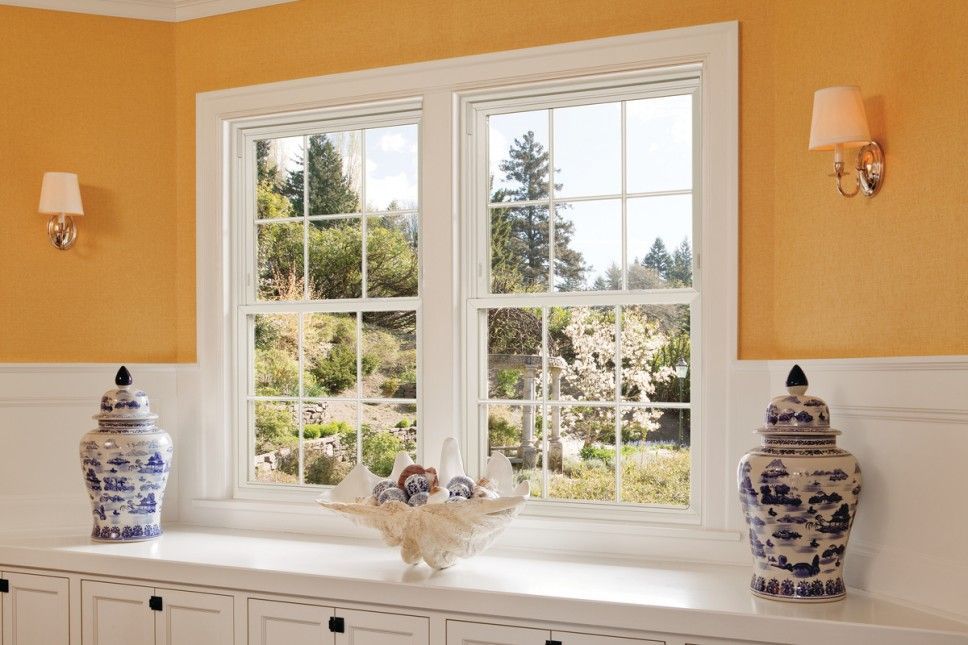
A double window usually refers to two windows set side-by-side with no wall in between. It's one of the most common architectural window configurations in living rooms, bedrooms, and home offices.
Typical double window widths:
- 60 to 96 inches wide
- Height can vary from 36 to 72 inches or more
This layout allows more natural light and offers greater views but also presents a challenge when it comes to selecting the right number of curtain panels.
Measuring Curtains for Double Windows
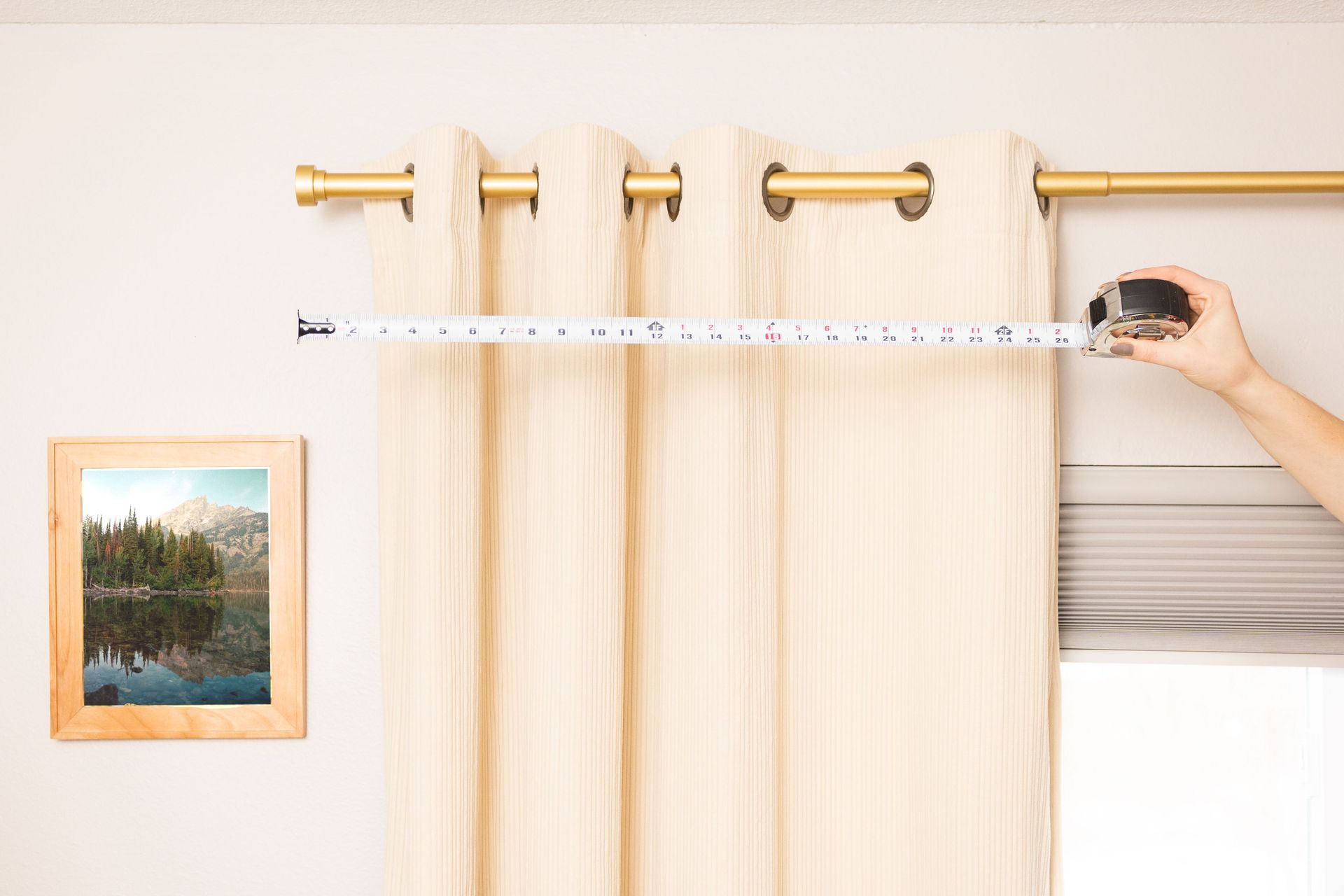
Start with accurate window measurements:
- Measure the width from outer edge to outer edge of the window frame.
- Add 8 to 12 inches on both sides for rod extension to allow full stack-back.
- Multiply the total width by the desired fullness ratio.
Fullness ratios:
- 1.5x for a relaxed, tailored look
- 2x for standard fullness
- 2.5x or 3x for a luxurious, dramatic look
Example: If your double window is 72 inches wide and you want 2x fullness:
- 72 x 2 = 144 inches of total curtain width needed
- If each panel is 50 inches wide, you’ll need at least 3 panels (150 total inches)
Curtain Fullness Guide: Why It Matters
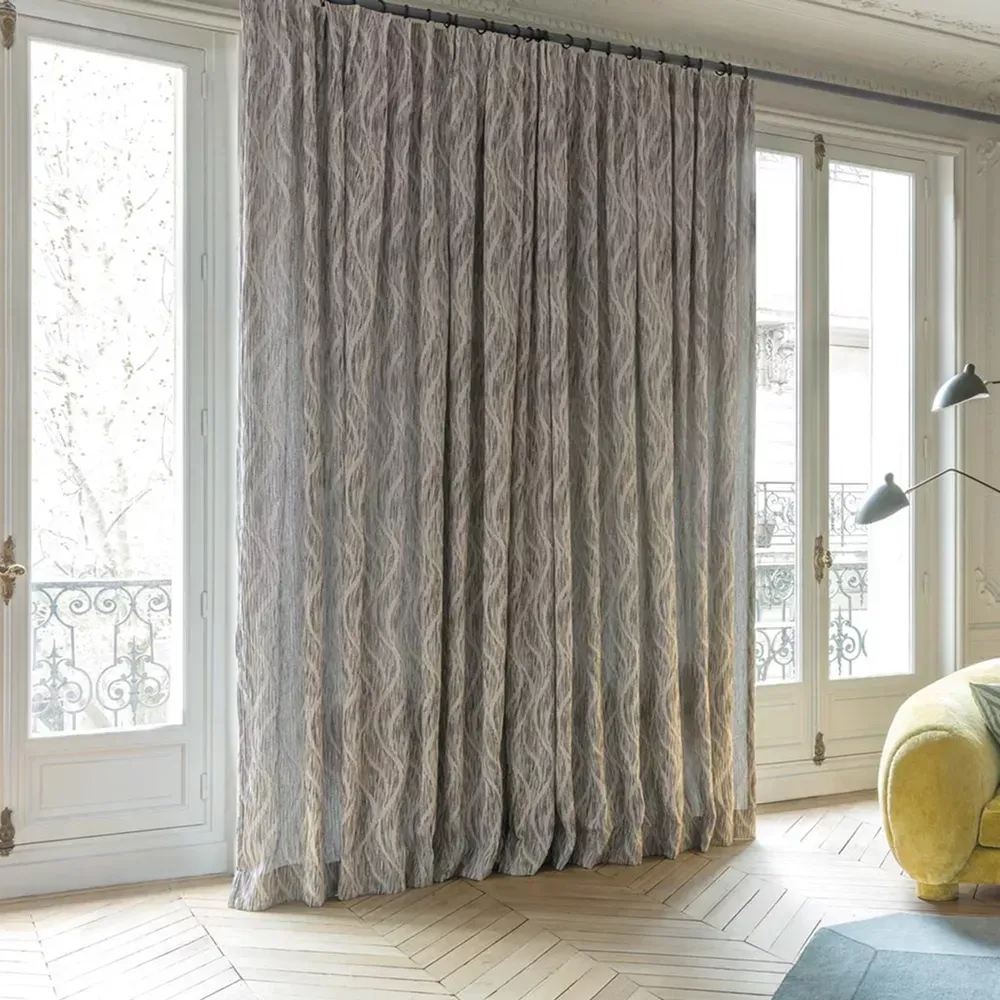
Fullness impacts both aesthetics and function:
- Higher fullness = better light control and more privacy
- Lower fullness = more casual and modern appearance
Consider fullness based on room purpose:
- Bedroom: 2x to 2.5x for blackout and privacy
- Living Room: 1.5x to 2x for airy elegance
- Kitchen: 1.5x for light and simplicity
Curtain Panel Calculator: Simple Formula
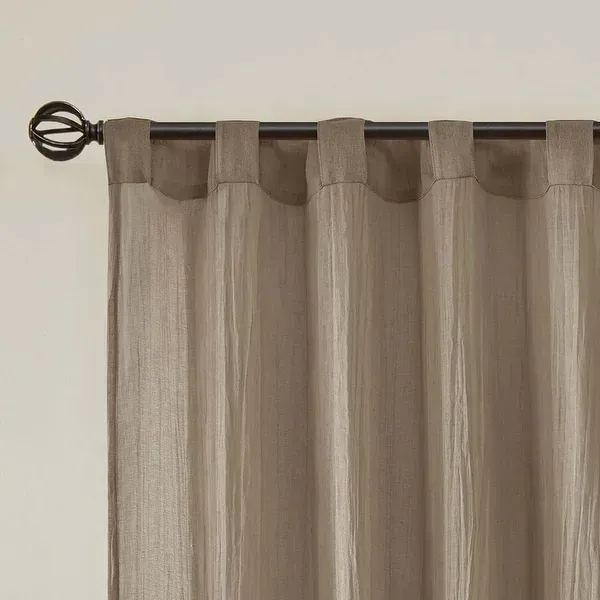
- Measure total rod width (include rod extensions)
- Multiply by fullness factor (1.5x to 3x)
- Divide by the width of one panel
Formula: (Rod width x Fullness) / Panel width = Number of Panels
Example:
- Rod width: 80 inches
- Desired fullness: 2x
- Panel width: 52 inches
Calculation: (80 x (866) 756-6299 = 3.07 → Round up to 4 panels for best symmetry
Best Curtain Styles for Double Window Setups
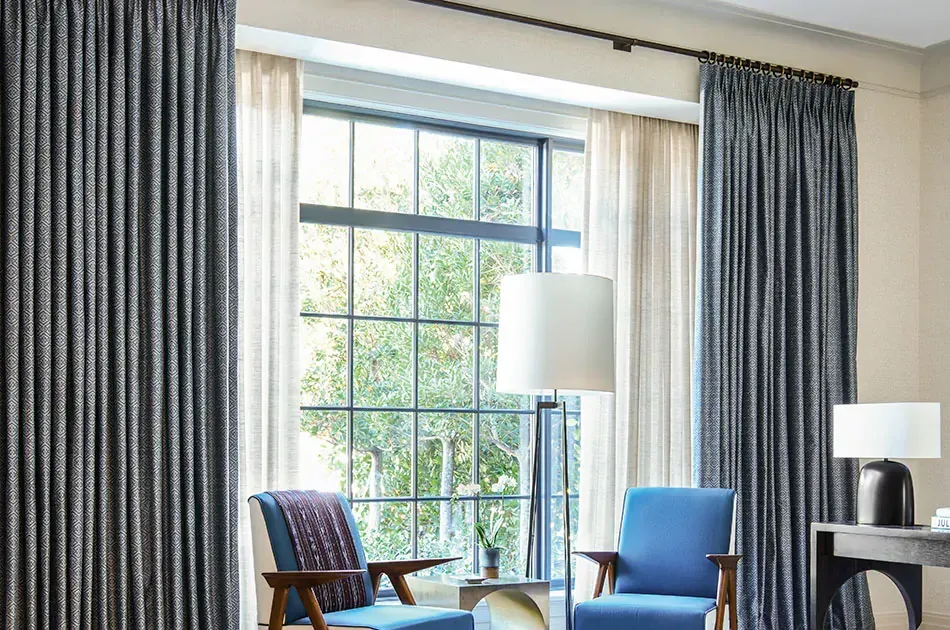
Your panel quantity also depends on hanging style:
Grommet Curtains
- Require more width to maintain full pleats
- Glide easily on the rod
- Often look best with 4 panels
Rod Pocket Curtains
- Ideal for lightweight fabrics
- Harder to open and close frequently
- Can work with 2-3 wider panels
Tab Top Curtains
- Casual appearance
- Moderate drape and movement
- Great with 2 or 3 panels
Pleated Curtains (Pinch, Box, Goblet)
- Formal and traditional look
- Designed with built-in fullness
- Can be custom measured to exact width—often 2 panels suffice
Fabric Drape and Weight: What You Must Consider
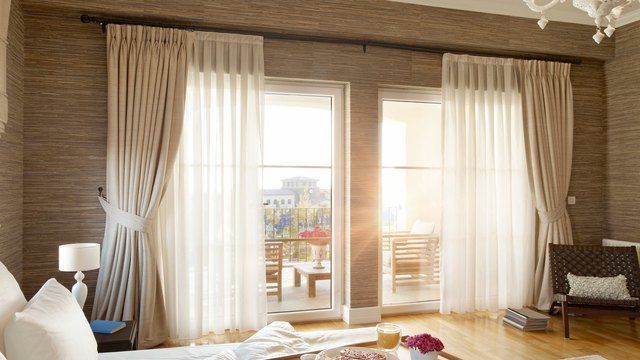
Heavier fabrics like velvet or blackout linen hold shape and provide better coverage with fewer panels.
Light fabrics such as sheer voile or cotton often require more panels to avoid looking skimpy.
Recommendations:
- Use more panels with sheer or lightweight fabrics (3-4 minimum)
- Use fewer panels with lined or heavy fabrics (2 may be enough)
Double Window Curtain Ideas by Room Function
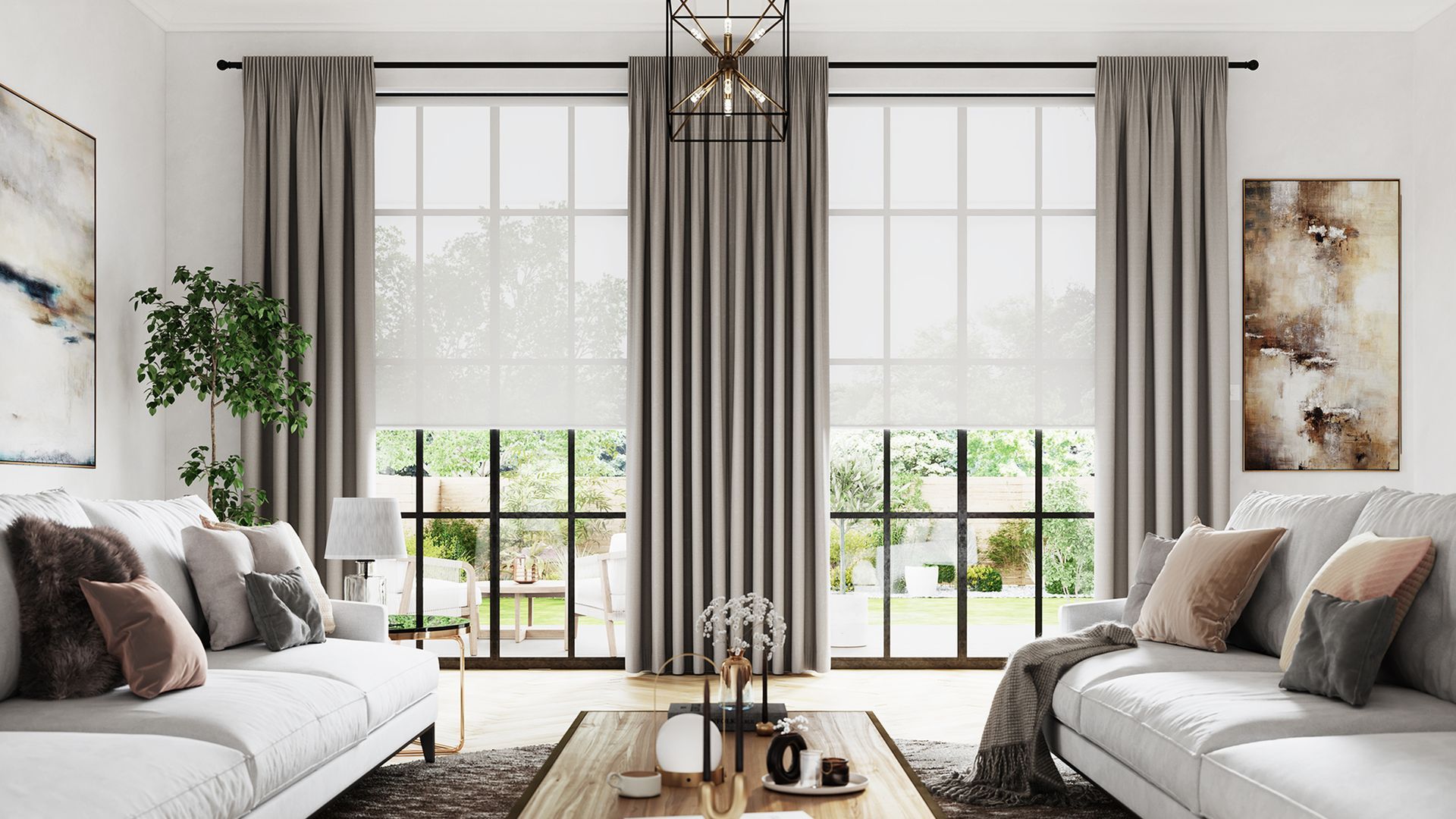
Bedroom
- Use blackout curtains for privacy and light control
- Recommended: 4 panels (2 on each window)
Living Room
- Opt for layered curtains (sheer + blackout)
- Recommended: 2 to 4 panels depending on width and layering
Dining Room
- Go for decorative panels to frame the windows
- Recommended: 2 panels for minimalist look, 4 for symmetry
Home Office
- Choose light-filtering curtains for natural light
- Recommended: 2 or 3 panels for balance
How to Layer Curtains: Sheers and Blackouts
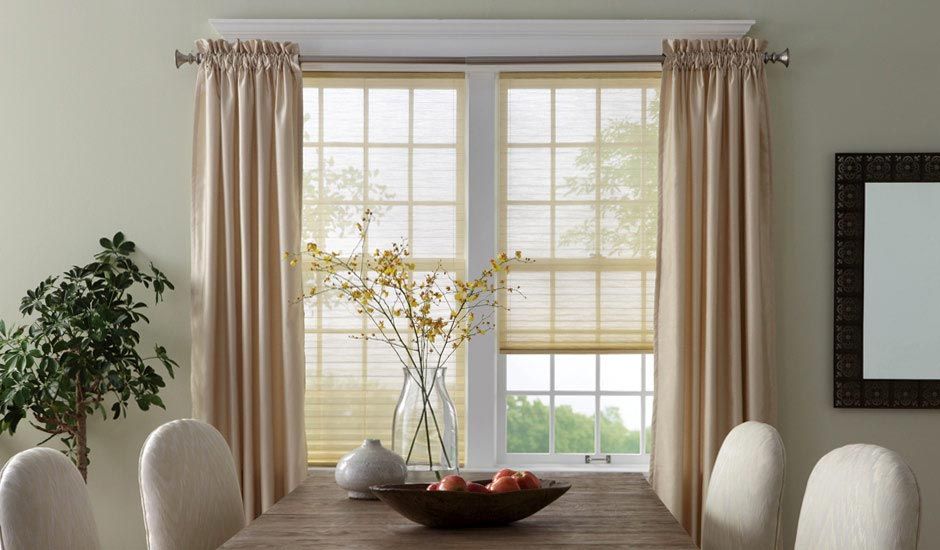
Layering benefits:
- More control over light and privacy
- Insulation for temperature control
- Visual depth and design appeal
Layering suggestions:
- Inner rod: sheer curtain panels (2 panels)
- Outer rod: blackout or decorative panels (2 panels)
- Total: 4 panels minimum
Using Tiebacks and Holdbacks
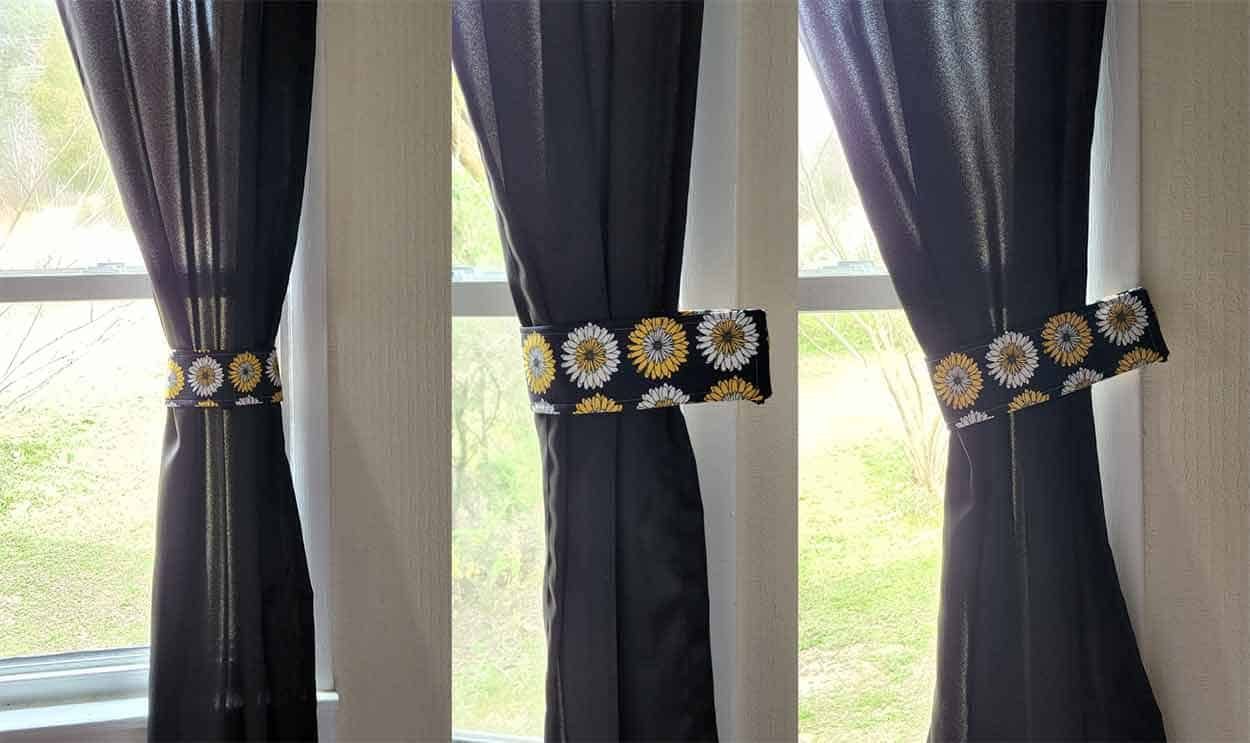
Tiebacks can create an illusion of fullness, allowing you to use fewer panels while still achieving a full look when open.
If using tiebacks:
- 2 wide panels may suffice if you only close them occasionally
- Add center panels if you want full privacy when closed
Custom vs. Ready-Made Curtains: Impact on Panel Count
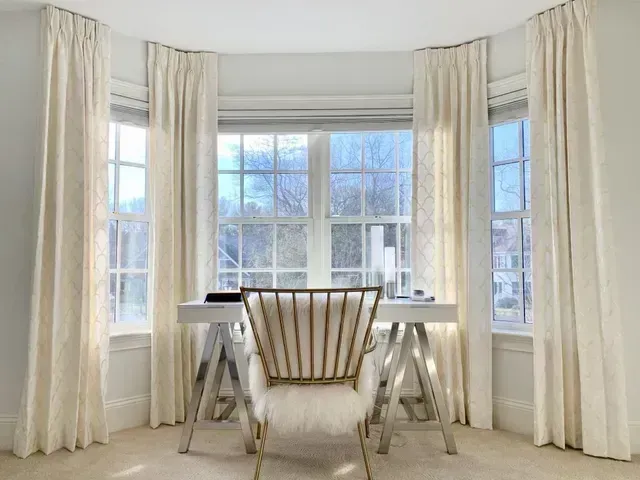
Custom Curtains
- Tailored to exact dimensions
- Can achieve perfect fullness with 2 panels
- Costlier but precise
Ready-Made Curtains
- Standard panel widths (48 to 54 inches)
- Often require 3 to 4 panels to achieve ideal fullness
- More affordable and available instantly
Common Mistakes When Choosing Panels
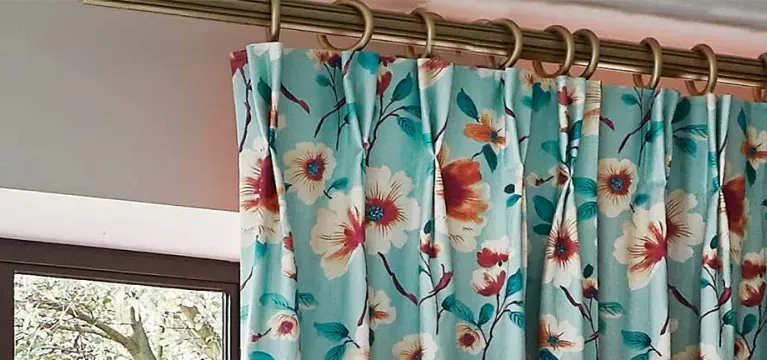
- Underestimating fullness: Makes curtains look skimpy
- Ignoring rod extensions: Can leave edges exposed
- Not accounting for fabric type: Sheers need more panels
- Poor rod support: Inadequate rods sag under heavy fabrics
Visualizing Curtain Panel Options for Double Windows
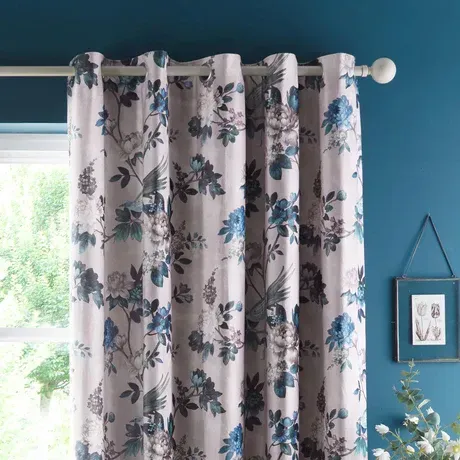
Three common layout options:
- 2 Panels: Clean, minimal look with wide panels
- 3 Panels: Asymmetrical but balanced with a center panel
- 4 Panels: Classic symmetrical look (2 on each window)
Choosing the Right Number of Curtain Panels
The ideal number of curtain panels for a double window depends on the window width, desired fullness, fabric type, and room purpose. To determine the best curtain option for your space, consider whether you need two, three, or four panels based on your specific measurements and design goals.
Before deciding, always consider:
- Accurate window and rod measurements
- The type of fabric and curtain style
- Room function and aesthetic goals
- Whether you'll layer or use tiebacks
A well-dressed double window enhances your interior design, controls light, and offers privacy—so don’t rush the process. Take time to measure, calculate, and visualize your final setup for the best results.

